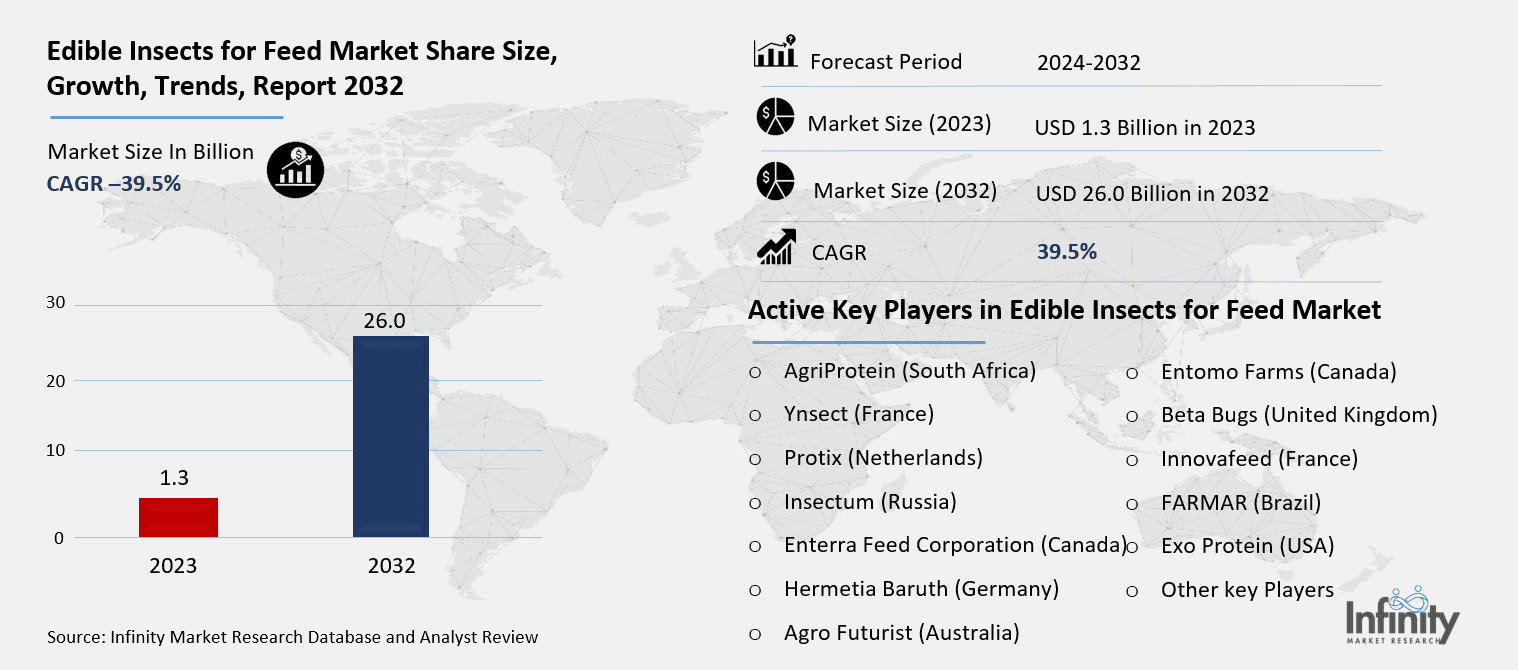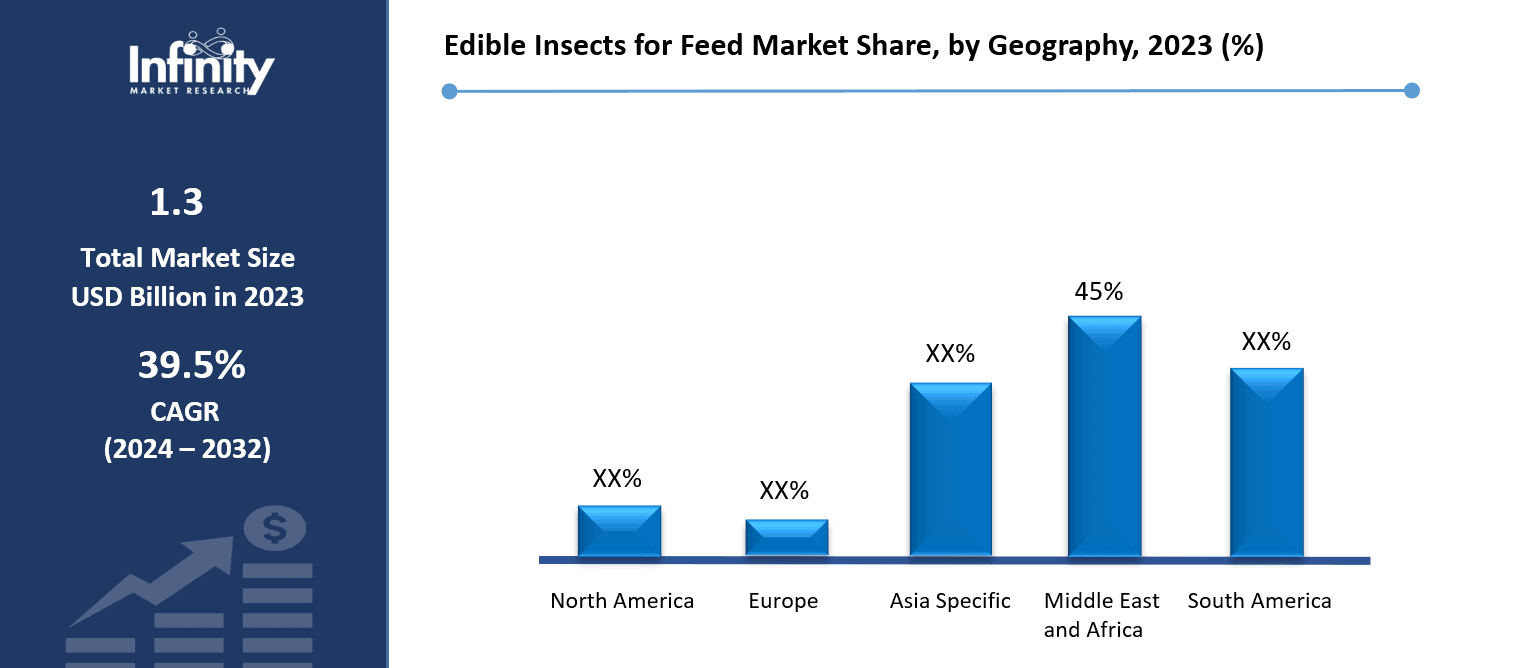
🔐 Secure Payment Guaranteed
Safe checkout with trusted global payment methods.
🌟 Why Choose Infinity Market Research?
At Infinity Market Research, we dont just deliver data — we deliver clarity, confidence, and competitive edge.
In a world driven by insights, we help businesses unlock the infinite potential of informed decisions.
Here why global brands, startups, and decision-makers choose us:
Industry-Centric Expertise
With deep domain knowledge across sectors — from healthcare and technology to manufacturing and consumer goods — our team delivers insights that matter.
Custom Research, Not Cookie-Cutter Reports
Every business is unique, and so are its challenges. Thats why we tailor our research to your specific goals, offering solutions that are actionable, relevant, and reliable.
Data You Can Trust
Our research methodology is rigorous, transparent, and validated at every step. We believe in delivering not just numbers, but numbers that drive real impact.
Client-Centric Approach
Your success is our priority. From first contact to final delivery, our team is responsive, collaborative, and committed to your goals — because you re more than a client; you re a partner.
Recent Reports
Global Myopia Control Lenses Market Report 2025-33
Hyaluronic Acid-based Dermal Fillers Market Report
Edible Insects for Feed Market
Edible Insects for Feed Market Global Industry Analysis and Forecast (2024-2032) By Insect Type( Crickets, Mealworms, Black Soldier Fly, Locusts, Others), By Application(Animal Feed, Pet Food, Fish Feed, Poultry Feed, Swine Feed, Other Livestock Feed), By Livestock Type(Poultry, Swine, Ruminants, Fish, Pets, Others) and Region
Feb 2025
Healthcare
Pages: 138
ID: IMR1712
Edible Insects for Feed Market Synopsis
Edible Insects for Feed Market Size Was Valued at USD 1.3 Billion in 2023, and is Projected to Reach USD 26.0 Billion by 2032, Growing at a CAGR of 39.5% From 2024-2032.
The edible insects for feed market involves the consumption of edible insects as a bio based and nutritional replacement protein for feed. Currently the world population is looking forward to having animal products but with the pressure of finding an environmental friendly protein. Most common and feed grade insects used and being researched for animal feed include crickets, mealworms, black soldier flies, and locusts because they are abundant in proteins, environmentally sustainable, and efficient source of biomass from food waste.
The edible insects for feed market is as a result of the increasing concern for protein sources in feed, in a more sustainable manner. With the feed ingredients like fishmeal, soybeans getting costlier and unpopular due to their negative impact to the environment there has been high demand for new protein sources. Insects as a food are high in protein, other fats, vitamins and minerals, and are suitable for many types of feeds for poultry, hog, fish and pets. In addition, insect farming is also sustainable as it in terms of the area of land, water and feed it consumes, much less than conventional livestock farming.
The market for insects for feed have also gradually received substantial attention in the global market due to the advances in technology in the rearing of insects for feed, awareness of the environmental friendly attributes of the insect based feed, and the new trends in food production. Currently, the EU, the US, and Asian regions have led the way in the use of edible insects in feed, and legislation and research activity in this area support the market for this innovation. Those involved in insect production are working hard to increase the production, and scale up of other insect derived intermediary products to meet the new demand for insect protein feed.
However, a number of limitations exist for edible insect-based feed such as; regulatory issues, consumer issues, and issues of economics among them. However, the market is expected to expand with the increase of demand for sustainable and cheap sources of protein to encourage further improvements in rearing technology of insects and formulation of insect diets.
Edible Insects for Feed Market Outlook, 2023 and 2032: Future Outlook

Edible Insects for Feed Market Trend Analysis
Trend: Growing Adoption of Insect-Based Protein in Aquaculture Feed
The use of insect protein in feed for aquaculture is gradually picking up as the industry strives to avoid using wild caught fish or unsustainable ingredients. Black soldier fly larvae and mealworms are the most used ingredients in fish feed due to their high protein content andAmino acids composition which is convenient in satisfying the amino acid profile of different fish species. Future market given the current concerns in using fishmeal in aquaculture, mainly derived from environmental effects coupled with rising demand by consumers for produce from environmentally-conscious sources.
This trend is further enhanced by new knowledge discovered and trends depletion in the farming of insects as feed source to the aqua farming systems. Moreover, the legislative bodies are gradually withdrawing the limitations to the use of insects in feed for animals, which contributes to further development of the industry. Consequently, the number of aquaculture farms adopting insect-based feed is rising, which will rise in the future as the technology develops and the profitability of insect production grows.
Opportunity: Expansion in Pet Food Market
Another interesting business prospect for the edible insects for feed market is incorporation of insect-based protein in feed for livestock and pets. The pet owner is now more conscious with his/her purchases especially when it comes to the consumption of natural resources hence the drive towards natural pet foods. Among insects, crickets and mealworms are successfully used in pet food as they represent premium protein source and as for the production process, they are ecologically friendly. Moreover, there is a shift in which increased pressure forces pet owners to look for non-conventional proteins such as chicken, beef, fish to feed their pets due to allergy to these proteins, use of antibiotics, and sustainability.
This shift therefore holds the potential for manufacturers of pet food to create niche products which seek to exploit the use of insect protein in the pet foods market. Currently there are brands that supply insect-based pet food products and in the future, with increased awareness about sustainability insect protein in pet food is likely to increase. In the same manner, because the market is currently expanding and attracting more players, such pet food products which contain insect protein are expected to grow in market accessibility as well as become cheaper.
Driver: Sustainability and Environmental Benefits
The global edible insects for feed market is experiencing growth from the demand in the sustainability aspect and the effects of feed on the environment. Existing animal feed ingredients such as soy and fishmeal are already linked to deforestation, change of use of land, over fishing and greenhouse gas emissions corresponding to their production. Still, insect farming can be done with much less accruing costs, such as land, water, and feed when compared to cattle farming, thus makes it more sustainable farming method.
Insects also have a high feed conversion efficiency, thus they are fed on organic wastes or by-products and produces good quality protein. This does away with wastage and brings in a closed cycle economy which is much wanted especially in the fight against food waste across the globe and boosting food security. With increasing awareness towards environmentally sustainable agricultural practices across governments and industries across the globe, approval for insect based feed to feed cattle and pets is predicted to rise.
Restraints: Regulatory Barriers and Consumer Acceptance
One of the major restraints faced by the edible insects for feed market is regulatory challenges. Many countries have stringent regulations regarding the use of insects in animal feed, which can hinder market growth. Regulatory approval for the use of insects as feed ingredients has been slow, as many authorities require comprehensive safety assessments and studies on the long-term impacts of insect-based feed on animal health and food safety. While some countries have already approved the use of insects for feed, others are still in the process of developing suitable regulatory frameworks, which can delay the widespread adoption of insect-based feed.
Additionally, consumer acceptance remains a barrier in certain markets. While insects are commonly consumed in some cultures, they are still seen as unconventional food sources in many Western countries. This cultural aversion can extend to the animal feed sector, particularly for pet food products, where pet owners may be reluctant to switch to insect-based alternatives. Overcoming these cultural and consumer acceptance challenges will require significant education and awareness campaigns to highlight the benefits of insect protein in animal feed.
Edible Insects for Feed Market Segment Analysis
Edible Insects for Feed Market Segmented on the basis of Insect Type, Application and Livestock Type.
By Inspect Type
o Crickets
o Mealworms
o Black Soldier Fly
o Locusts
o Others
By Application
o Animal Feed
o Pet Food
o Fish Feed
o Poultry Feed
o Swine Feed
o Other Livestock Feed
By Region
o North America (U.S., Canada, Mexico)
o Eastern Europe (Bulgaria, The Czech Republic, Hungary, Poland, Romania, Rest of Eastern Europe)
o Western Europe (Germany, UK, France, Netherlands, Italy, Russia, Spain, Rest of Western Europe)
o Asia Pacific (China, India, Japan, South Korea, Malaysia, Thailand, Vietnam, The Philippines, Australia, New-Zealand, Rest of APAC)
o Middle East & Africa (Turkey, Bahrain, Kuwait, Saudi Arabia, Qatar, UAE, Israel, South Africa)
o South America (Brazil, Argentina, Rest of SA)
By Insect Type:, Crickets segment is expected to dominate the market during the forecast period
Cricket is one of the most popular types of insects for use in feed due to the high protein and low fat levels and its suitable amino-acid profile, and Nutrilon puts special emphasis on cricket in their product line. Crickets are prominently used for preparing comestible for pets, poultry, and fish. They are easy to rear and do not need a large area to be reared, feed on organic waste products, hence are the most efficient and sustainable sources of feeds to feed manufacturers. Cricket farming is also easily scalable, which some of the reason as to why it is becoming more popular in the market.
Another very important insect in the market is the mealworms which is rich in proteins, fat, and fiber. These are also used in formulation of pet foods and livestock feeds They are popularly referred to as mealworms. In concern to sustainability, their capability to live in different conditions coupled with specializing in feeding on organic wastes products makes them very special. It is especially used in poultry feed because it is a source of highly digestible protein that is acceptable by all classes of animals. As more producers come to accept that mealworms can be used as feed ingredients, the demand for them in the various sectors of feed industry is already increasing.
By Application, Animal Feed segment expected to held the largest share
Animal Feed constitutes one of the biggest submarkets within the edible insects for feed category owing to the rising worldwide need for proteins for feeds. Meat black flies and mealworms are good examples of insects fit to be fed to livestock because of their balanced diet nutritional values and sustainable way of rearing. This segment is anticipated to expand further, given that increased use of insect based feeds are being embraced by more livestock producers as a measure of minimizing on their negative footprints on the environment as they aim for heathier animals and improved production rates. Feed inputs from sources such as soy and fishmeal have proven to be problematic in the rearing of insects for human consumption hence the need of starting an insect farming.
Pet Food is one more promising area of using insects as an ingredient for feed, with growing interest of pet’s owners who are searching for healthy and eco-friendly food for their pets. These two make some pet foods since they have high protein content, digestibility besides being nutritious. Just as consumers have become aware of the environmental impact of their pet food consumption, insect-based pet food is on the rise. This segment has a great potential for development because an increasing number of pet food manufacturers are interested in using insects in their production to meet the growing popularity of sustainable and natural products.
Edible Insects for Feed Market Regional Insights
Europe is Expected to Dominate the Market Over the Forecast period
Europe remains the leading region in the edible insects for feed market due to favourable policies supported by the governments, improved demand for sustainable feed, and awareness of the environmental impact of insect protein. Currently, the EU is on the forefront in encouragement of insect-based feed; the EU-FSA has endorsed specific insect species that can be used in animal feeds. Moreover, it has a sustainability focus and many countries give a priority to environmental friendly measures in agricultural sectors. This has resulted in improved funds on insect farming and the use of insects in feed in stock rearing, poultry production, and pet food industry.
The plan of the EU towards a reduction of its Green House Gas emissions as well as encouraging elements towards circular economy has been a positive influence for the edible insects for feed market. As a product that is raised on organic waste products, and also requires very few inputs, insects align with the sustainability plans of the region. In this case, the new generation insect-based feed will open a bigger market in future and Europe is expected to take the largest share owing to its influence in setting market trends and regulations.
Edible Insects for Feed Market Share, by Geography, 2023 (%)

Active Key Players in the Edible Insects for Feed Market
o AgriProtein (South Africa)
o Ynsect (France)
o Protix (Netherlands)
o Insectum (Russia)
o Enterra Feed Corporation (Canada)
o Hermetia Baruth (Germany)
o Agro Futurist (Australia)
o Entomo Farms (Canada)
o Beta Bugs (United Kingdom)
o Innovafeed (France)
o FARMAR (Brazil)
o Exo Protein (USA)
o Other key Players
Global Edible Insects for Feed Market Scope
|
Global Edible Insects for Feed Market | |||
|
Base Year: |
2023 |
Forecast Period: |
2024-2032 |
|
Historical Data: |
2017 to 2023 |
Market Size in 2023: |
USD 1.3 Billion |
|
Forecast Period 2024-32 CAGR: |
39.5% |
Market Size in 2032: |
USD 26.0 Billion |
|
Segments Covered: |
By Insect Type |
· Crickets · Mealworms · Black Soldier Fly · Locusts · Others | |
|
By Application |
· Animal Feed · Pet Food · Fish Feed · Poultry Feed · Swine Feed · Other Livestock Feed | ||
|
By Region |
· North America (U.S., Canada, Mexico) · Eastern Europe (Bulgaria, The Czech Republic, Hungary, Poland, Romania, Rest of Eastern Europe) · Western Europe (Germany, UK, France, Netherlands, Italy, Russia, Spain, Rest of Western Europe) · Asia Pacific (China, India, Japan, South Korea, Malaysia, Thailand, Vietnam, The Philippines, Australia, New-Zealand, Rest of APAC) · Middle East & Africa (Turkey, Bahrain, Kuwait, Saudi Arabia, Qatar, UAE, Israel, South Africa) · South America (Brazil, Argentina, Rest of SA) | ||
|
Key Market Drivers: |
· Sustainability and Environmental Benefits | ||
|
Key Market Restraints: |
· Regulatory Barriers and Consumer Acceptance | ||
|
Key Opportunities: |
· Expansion in Pet Food Market | ||
|
Companies Covered in the report: |
· AgriProtein (South Africa), Ynsect (France), Protix (Netherlands), Insectum (Russia), Enterra Feed Corporation (Canada), Hermetia Baruth (Germany), Agro Futurist (Australia), Entomo Farms (Canada) and Other Major Players. | ||
📘 Frequently Asked Questions
1. What would be the forecast period in the Edible Insects for Feed Market research report?
Answer: The forecast period in the Edible Insects for Feed Market research report is 2024-2032.
2. Who are the key players in the Edible Insects for Feed Market?
Answer: AgriProtein (South Africa), Ynsect (France), Protix (Netherlands), Insectum (Russia), Enterra Feed Corporation (Canada), Hermetia Baruth (Germany), Agro Futurist (Australia), Entomo Farms (Canada) and Other Major Players.
3. What are the segments of the Edible Insects for Feed Market?
Answer: The Edible Insects for Feed Market is segmented into Insect Type, Application, Livestock Type and region. By Insect Type, the market is categorized into Crickets, Mealworms, Black Soldier Fly, Locusts, Others. By Application, the market is categorized into Animal Feed, Pet Food, Fish Feed, Poultry Feed, Swine Feed, Other Livestock Feed. By Livestock Type, the market is categorized into Poultry, Swine, Ruminants, Fish, Pets, Others. By region, it is analyzed across North America (U.S.; Canada; Mexico), Eastern Europe (Bulgaria; The Czech Republic; Hungary; Poland; Romania; Rest of Eastern Europe), Western Europe (Germany; UK; France; Netherlands; Italy; Russia; Spain; Rest of Western Europe), Asia-Pacific (China; India; Japan; Southeast Asia, etc.), South America (Brazil; Argentina, etc.), Middle East & Africa (Saudi Arabia; South Africa, etc.).
4. What is the Edible Insects for Feed Market?
Answer: The edible insects for feed market involves the consumption of edible insects as a bio based and nutritional replacement protein for feed. Currently the world population is looking forward to having animal products but with the pressure of finding an environmental friendly protein. Most common and feed grade insects used and being researched for animal feed include crickets, mealworms, black soldier flies, and locusts because they are abundant in proteins, environmentally sustainable, and efficient source of biomass from food waste.
5. How big is the Edible Insects for Feed Market?
Answer: Edible Insects for Feed Market Size Was Valued at USD 1.3 Billion in 2023, and is Projected to Reach USD 26.0 Billion by 2032, Growing at a CAGR of 39.5% From 2024-2032.


🔐 Secure Payment Guaranteed
Safe checkout with trusted global payment methods.
🌟 Why Choose Infinity Market Research?
- Accurate & Verified Data:Our insights are trusted by global brands and Fortune 500 companies.
- Complete Transparency:No hidden fees, locked content, or misleading claims — ever.
- 24/7 Analyst Support:Our expert team is always available to help you make smarter decisions.
- Instant Savings:Enjoy a flat $1000 OFF on every report.
- Fast & Reliable Delivery:Get your report delivered within 5 working days, guaranteed.
- Tailored Insights:Customized research that fits your industry and specific goals.




